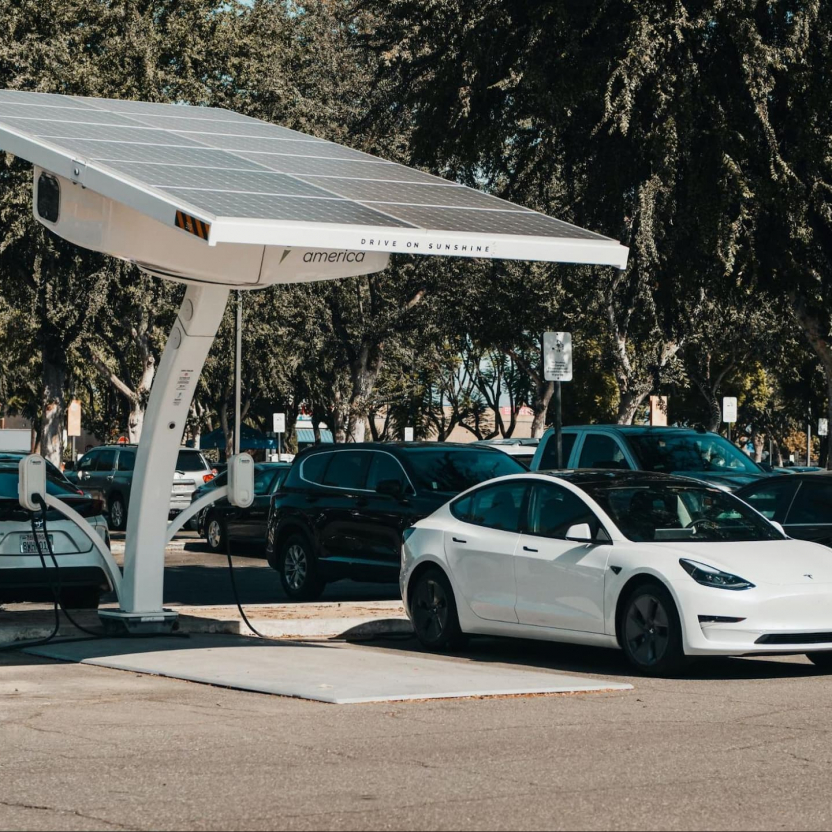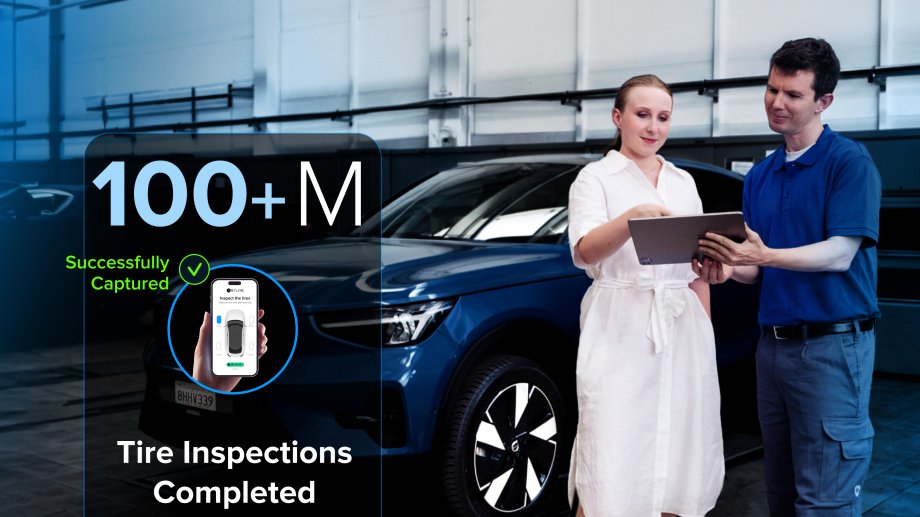
Navigating the Transition: Opportunities and Challenges for Fleet Managers Switching to Electric Vehicles
Companies across the globe are committing to zero-emission policies and practices. For fleet managers who rely on internal combustion engine vehicles, or “ICE,” this means a myriad of decisions regarding the composition and operation of their fleets.
One of the most pressing considerations is the transition from ICE vehicles to electric vehicles (EVs). This shift presents challenges and opportunities for fleet managers as they navigate the path toward a more sustainable and efficient future.
The Challenges of Transition
Transitioning to an entire electric vehicle fleet is not without its hurdles. Fleet managers encounter several challenges along the way:
- Upfront Costs: Perhaps the most significant barrier to adopting electric vehicles is the higher upfront cost compared to traditional vehicles. Fleet managers must navigate budget constraints and secure financing to cover the initial purchase of EVs, which can be daunting, especially for larger fleets.
- Limited Vehicle Options: While the variety of EV models is expanding, fleet managers may need help finding electric vehicles that meet their specific operational needs. Factors such as vehicle size, range, payload capacity, and compatibility of charging infrastructure must be carefully considered.
- Charging Infrastructure: Installing and maintaining charging infrastructure poses logistical challenges for fleet managers. They must ensure that charging stations are strategically located, compatible with their fleet vehicles, and capable of providing sufficient charging power to meet operational demands.
- Range Anxiety: Range anxiety, or the fear of running out of battery charge before reaching a charging station, is a legitimate concern for fleet managers. They must carefully evaluate the range capabilities of EVs to ensure they can meet the daily operational needs of their fleet without causing disruptions or delays.
- Charging Time: Charging EVs takes longer than refueling traditional vehicles, especially without access to fast-charging infrastructure. Fleet managers must plan routes and vehicle use to minimize downtime and maintain productivity while vehicles charge.
- Maintenance and Service: While EVs generally require less maintenance than traditional vehicles, fleet managers may face challenges finding qualified technicians and service facilities capable of repairing and maintaining electric vehicles.
- Resale Value: Uncertainty surrounding the resale value of electric vehicles adds complexity to fleet managers’ decision-making processes. They must carefully assess factors such as depreciation rates and market demand for used electric vehicles when planning fleet investments.

Seizing the Opportunities
Despite these challenges, transitioning to an entire electric vehicle fleet presents numerous opportunities for fleet managers:
- Lower Operating Costs: Electric vehicles offer lower operating costs compared totraditional vehicles due to reduced maintenance requirements and lower fueling costs. Over time, these cost savings can offset the higher upfront investment in EVs.
- Reduced Fuel Costs: By switching to electric vehicles, fleet managers can significantly reduce fuel costs, especially in regions where electricity prices are relatively low.
- Environmental Sustainability: Transitioning to electric vehicles can help fleet managers reduce their carbon footprint and contribute to improved air quality and reduced greenhouse gas emissions.
- Government Incentives: Many governments offer financial incentives and subsidies to encourage the adoption of electric vehicles, helping fleet managers offset the upfront costs of purchasing EVs.
- Brand Image and Reputation: Operatinga fullelectric vehicle fleet can enhance a company’s brand image and reputation as a socially and environmentally responsible organization.
- Futureproofing: Investing in electric vehicles now can help fleet managers future-proof their operations against evolving emissions regulations and avoid potential penalties or restrictions in the future.
- Innovative Technologies: Electric vehicles incorporate innovative technologies that can improve vehicle performance, safety, and efficiency, enhancing the overall operational effectiveness of the fleet.

Conclusion
The transition to a full electric vehicle fleet presents both challenges and opportunities for fleet managers. While navigating the path towards electrification may be daunting, the potential benefits—including lower operating costs, environmental sustainability, and enhanced brand image—make it a journey worth undertaking. By addressing the challenges head-on and seizing the opportunities presented by electric vehicles, fleet managers can position their operations for long-term success in a rapidly evolving transportation landscape.
Looking for other ways to reduce your fleet’s cost and improve efficiency? Learn more about Anyline’s Tire Tread scanner and book a demo today with one of our tire specialists.



